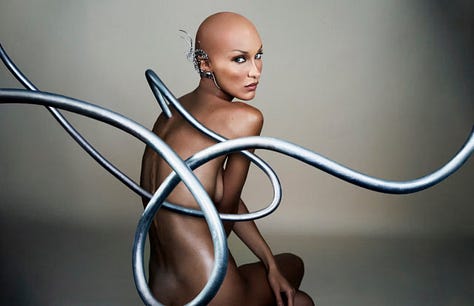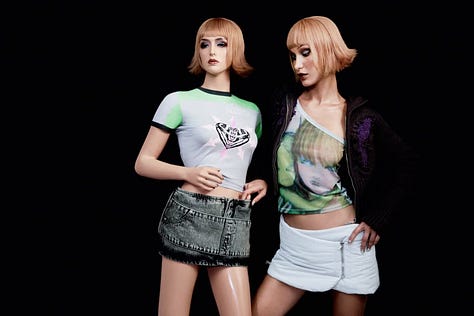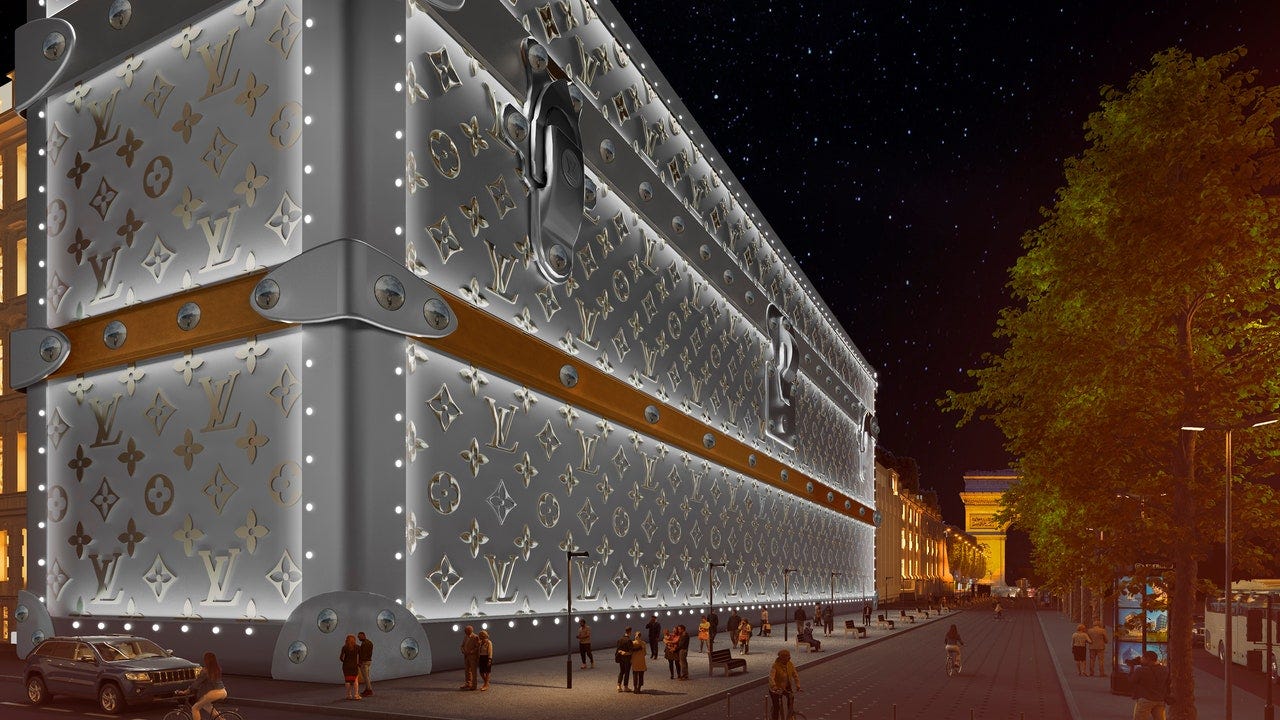From Niche to 'Literally me': Individuality takes center stage.
Digest #7 High Jewelry is redefining its space and how brands are adapting to individualistic trends.
Fashion
It's not just about labels anymore. True luxury remains exclusive and the concept of "Niche Luxury" is emerging.
Consumers now seek styles that stand out, leading to the introduction of unique, high-priced niche products.
For instance, Jacque Marie Mage sunglasses, priced between $750-$2.300.
In an era where individuality eclipses status, referred to as the ‘literally me’, attitudes toward singledom are evolving, taking the rise of “Solo Fulfilment”. Brands must adapt leveraging on-demand manufacturing and zero inventory models.
Affordable luxury customers feel the squeeze. Economic challenges have impacted the spending habits of the HENRY (High Earners Not Rich Yet), this group is now gravitating towards resale platforms like The RealReal (Making resale into a scaled, profitable business is challenging).
The differentiation between "Affordable" and "Accessible" luxury is becoming more pronounced.
Luxury retailers are flocking to India, targeting the country's burgeoning affluent class. India's online fashion sector is set to reach $35 billion by 2028, growing at a 25% CAGR.
Major shift in the diamond market. India's diamond exports show lab-grown diamonds surging from 1% to 9%. As shared in last week's digest, lab-grown diamonds now account for 10% of sales, with an expected market value of $55.5 billion by 2031.
High jewelry is evolving. The landscape is shifting as brands like Louis Vuitton, Dior, and Gucci aggressively enter the fine jewelry space. Even fashion-centric brands like Bottega Veneta and Balenciaga are venturing into fine jewelry.
Signet Jewelers makes a strategic acquisition with SJR National Retail. The company anticipates a decline in engagements due to the pandemic's impact on dating behaviors, eyeing a $1.2B opportunity in jewelry repair services.
Aurate is redefining its wholesale approach with bespoke partnerships. Each collaboration births a unique collection, presenting a unique way to scale both the brand and retail ends.
Meanwhile:
Swatch is at it again. Blancpain x Swatch.
Amer Sports, owner of Salomon, files for IPO at a $10B valuation.
L'Occitane halts trading after owner shelves take-private deal.
Louis Vuitton takes over the mega building on Champs Elysee.
Primark expands its click-and-collect service.
Zara launched and expanded it’s pre-owned platform to France.
FENTY x PUMA is back. Rihanna returns to the product franchise.
Up to 50% of today's luxury brands are potentially disappearing by 2030.
Fashion Tech
The BoF introduces The Brand Magic Index to measure if a brand's self-view aligns with customer perceptions using AI-driven analysis.
Top brands like Miu Miu and Giorgio Armani are in sync, while others are in transition. Michael Kors, Gucci, and Diesel are the least aligned.
Luxury brands are exploring the potential of ad-supported streaming as a marketing channel.
Luxury brands such as Louis Vuitton and Bulgari are advertising on platforms like Netflix, but advertisers prefer free platforms like YouTube for their large audiences.
Pinterest has emerged as the go-to fashion destination for Gen Z as well as a trend-forecasting resource for brands and retailers.
The visual search platform announced industry-first body type technology, making its content more body-positive.



One last bite:
Bella Hadid into an A.I.inspired alien for the latest Marc Jacobs campaign.
L'Oréal patents Biomarker/Aging correlation for personalized skin care.
The Estée Lauder and Google partners to explore the use of Generative AI.
Top fashion schools are future-proofing their curriculums with AI and Web3.
The rise of "hyper verticalization". Brands are creating unique digital experiences by combining fashion with music, gaming, sports, and art.
Until next time.Thanks for reading.




